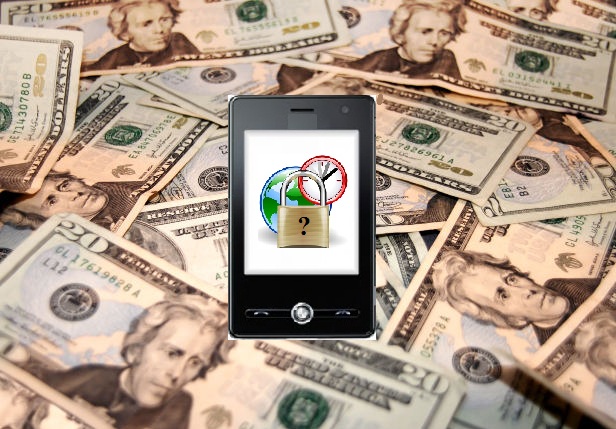 The results of a recent poll have shown that those who use mobile most aren’t shopping with their devices.
The results of a recent poll have shown that those who use mobile most aren’t shopping with their devices.
Over the last few weeks, m-commerce security has been seeing a great deal of attention, but despite the tremendous changes that have been made in order to ensure that data remains protected when shoppers are making their purchases, consumers in Europe are still not considering their smartphones and tablets to be the ideal methods to use when they shop.
This recent survey was conducted in order to better understand European consumers and their mobile behaviors.
The company behind the poll was TechWeekEurope. It reached out to its readership in order to obtain their feedback in a number of different areas of m-commerce and to describe their opinions and behaviors over the most recent holiday shopping season. It aimed at understanding not only mobile behaviors, but those in the overall e-commerce sphere.
The m-commerce survey was performed following the very end of the Christmas shopping hype.
What it discovered was that a mere 10 percent of the respondents had used a smartphone or tablet for making the majority of their holiday purchases. In fact, m-commerce was ranked in fifth place when compared with the popularity of other channels where purchases can be made.
The most popular channel was the online shopping category, in which 43.8 percent of the respondents made the majority of their holiday purchases over their laptops or desktop PCs. On the other hand 25.6 percent of the participants in the survey said that they went to brick and mortar retail shops in order to make their Christmas shopping purchases. These were many times greater than the participation in m-commerce as a primary shopping method.
The m-commerce poll went on to discover that although the participants were from a highly tech-savvy demographic that was likely to use its smartphones and tablets comfortably and for a number of different purchases, they were not enchanted with shopping directly through their devices. This was unexpected, as it had been anticipated that those who use the devices most would be those most likely to shop with them.
 Researchers are cautioning device users to be careful with the financial and personal data they share.
Researchers are cautioning device users to be careful with the financial and personal data they share.
As mcommerce explodes in popularity, a rapidly increasing number of people are shopping over their smartphones and tablets, making them a natural target to those who would threaten their mobile security through malware and other malicious cyber attacks.
This, according to the researchers at Javelin Strategy and Research, who wrote a report on the topic.
In its most recently released report from Javelin, the researchers explained that the mobile security threats to the various payment platforms have already reached $20 billion, and they are on the rise. They explained that the smartphone payments sector’s open source platform at Android may experience some of the largest struggles as a soft target, with its 50 million domestic smartphone users.
The researchers pointed out that the mobile security threats will be far from exclusive to Android device users.
Equally, though, the researchers also indicated that mobile security threats are targeting the iPhone and its 33 million domestic users. This could be even more damaging as these are the individuals who have the greatest tendency to shop over their smartphones and who spend the most money on their mobile purchases.
According to the authors of the report “Smartphone security is an increasing concern as mobile malware multiplies exponentially, and Android’s open source platform continues to gain market share over iOS.” They indicated that while Android is the target of the majority of malware so far, as it has the largest number of users, hackers still consider iOS to be the most valuable goal, if more challenging to crack.
The report stated that “iOS users spend more individually and have greater deposits on average than Android users.”
The researchers expect that by 2017, approximately 57 percent of adults will own smartphones based on the Android operating system. This will be almost precisely double the number who are predicted to have iPhones, at 28 percent. This skyrocketing use of Android devices will align predictably with the type of mobile security threats and malware volume that the researchers anticipate over the same time period. This is not unprecedented, as the number of Android targeting malware threats increased in the second half of this year from about 30,000 to approximately 175,000.
 The results of a recent poll have shown that those who use mobile most aren’t shopping with their devices.
The results of a recent poll have shown that those who use mobile most aren’t shopping with their devices.
 Researchers are cautioning device users to be careful with the financial and personal data they share.
Researchers are cautioning device users to be careful with the financial and personal data they share.